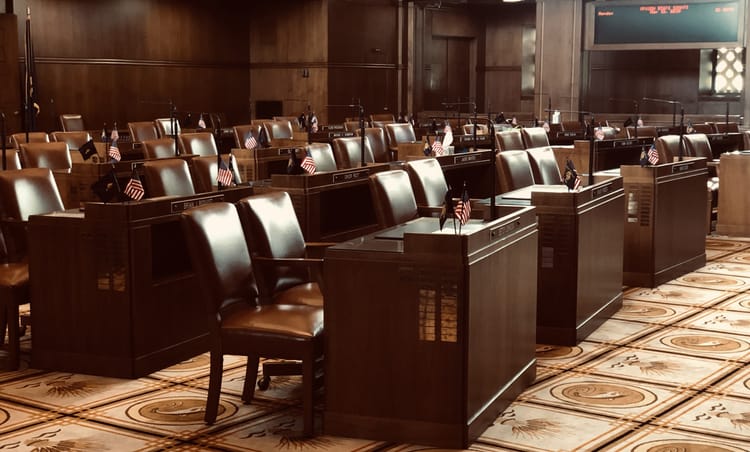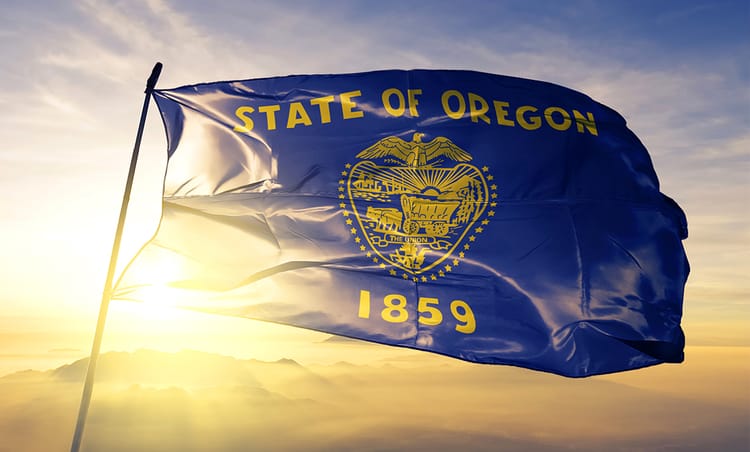Oregon Experiencing Strong Economic Growth, Blockbuster Tax Collections

Oregon’s economists foresee continued strengthening of the state’s economy, despite the most virulent wave of COVID-19 infections to date, according to a new economic and revenue forecast presented by Oregon’s Office of Economic Analysis, released today. The economists told a joint meeting of the legislature’s revenue committees that every source of revenue is booming and showing no signs of slowing down in the near term. If the trend continues into next year, the strong economy and tax collections would provide a cushion for lawmakers as they work to rebalance the state budget during the “short” five-week legislative session in February.
The forecast following the legislature adjourning its “long” five-month session is usually uneventful, other than closing out the fiscal year ending June 30 and setting the bar for the next two-year budget cycle. Unlike normal years, where revenues remain mostly stable between forecasts, the spring surge in coronavirus cases led the state and federal governments to delay the income tax filing deadline by a month. The delay meant that economists had only two days to compile data and build their estimates before the last forecast of the session in May, leaving some uncertainty for the numbers used to craft the state budget. After several months reviewing the complete data, the economists revised their expectations upward—significantly upward.
Oregon experienced a blockbuster income tax filing season, resulting in nearly $700 million in unanticipated collections. In fact, Oregonians paid so much in taxes that economists revised their projection for the personal income tax “kicker” refund to $1.8 billion. The increase of $500 million since the last forecast three months ago marks the largest amount of money returned to taxpayers in the history of the refund policy. The economists also reported that business taxes are exceptionally high, contradicting previous expectations that firms would pay less due to losses from the pandemic. In particular, the corporate income tax experienced substantial growth with revenues doubling in only the past two budget cycles.

Economists have a knack for talking about the risks to their underlining assumptions as a way to hedge their bets on their forecasts. Today, the economists spoke about three factors they are watching closely to see if their projections hold. First, the recovery largely hinges on consumers feeling comfortable going out into the world and spending the money they stashed away during the pandemic. Second, supply constraints, whether in labor or goods, could lead to a more persistent inflationary damper on the economy. And, third, federal law changes, such as an infrastructure package or tax policy changes, could directly influence state spending and revenue policy during the middle of the budget cycle, injecting uncertainty into the economic and revenue outlook.
The bottom line from the presentation is that Oregon’s revenue growth has more than doubled the size of the state’s general fund from $12 billion to $24 billion over the last decade. Although the pandemic took the state and its economy on a roller coaster these last 18 months, the economy and tax collections are performing better than anyone imagined and are showing no signs of slowing.





